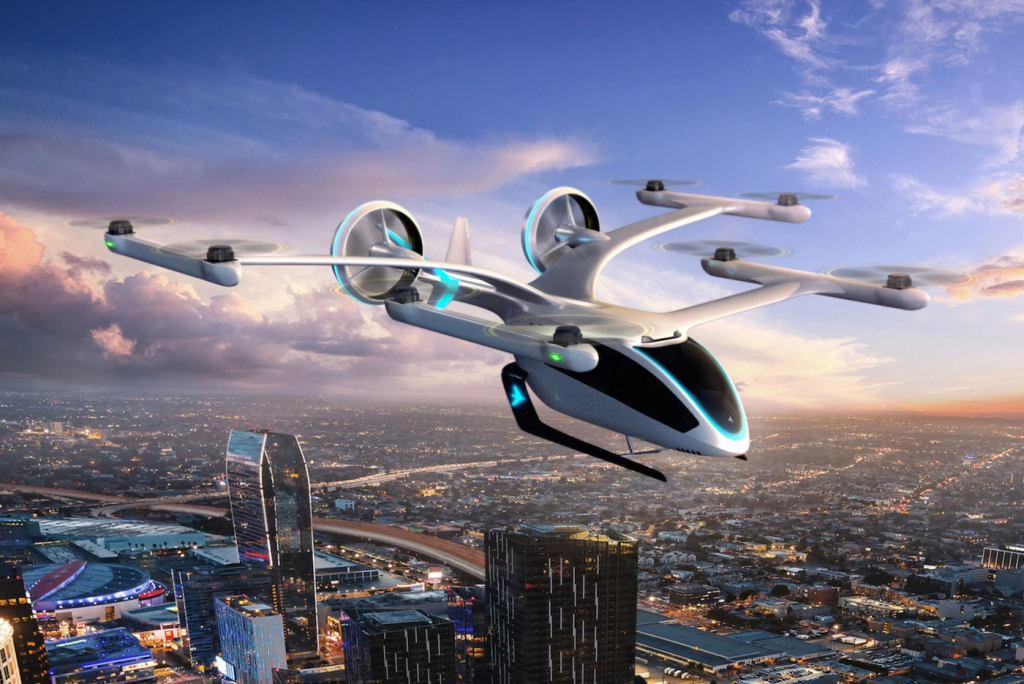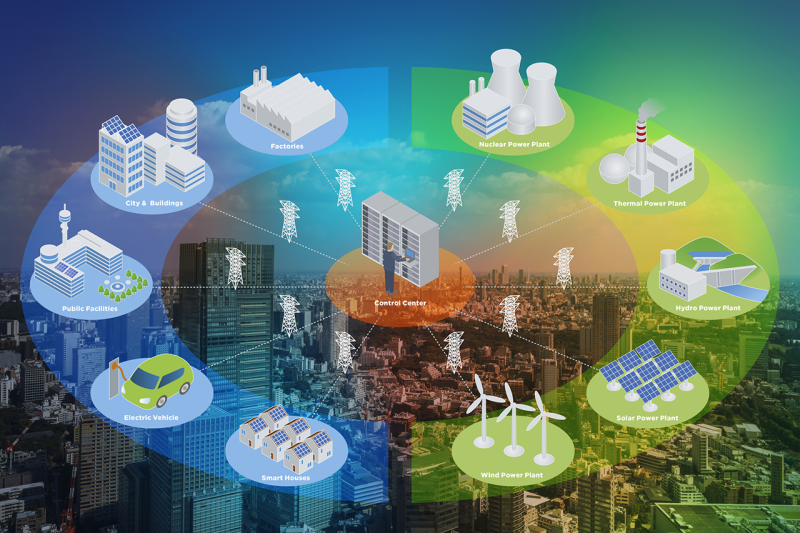Introduction to Urban Air Mobility (UAM)
Urban Air Mobility (UAM) is an emerging transportation concept that leverages both manned and unmanned aerial vehicles to provide efficient, convenient, and environmentally friendly transportation within and around urban areas. The idea of UAM has evolved from the early concepts of Personal Air Vehicles (PAV) proposed by NASA in the early 2000s, which aimed to create affordable, door-to-door transportation solutions for short-distance travel. Today, UAM encompasses a broader scope, including electric Vertical Take-off and Landing (eVTOL) aircraft and drone-based logistics.
Current Development Status of UAM
Technological advancements have been the driving force behind the rapid development of UAM. Key technologies include electric propulsion systems, autonomous flight capabilities, and advanced air traffic management solutions. Globally, several initiatives are underway to demonstrate the feasibility of UAM. For instance, companies like Airbus and Boeing are actively involved in developing eVTOL prototypes, while urban areas such as Singapore and Dubai are exploring the integration of UAM into their transportation networks.

Future Prospects of UAM
The future of UAM holds significant promise for addressing urban transportation challenges. Environmentally, UAM vehicles are designed to be low-emission or zero-emission, contributing to cleaner air in cities. Moreover, UAM can enhance the efficiency of urban logistics by providing a faster alternative to ground transportation for package delivery. The integration of UAM with smart city infrastructure is also a key area of development, where data-driven systems will optimize traffic flow and reduce congestion.
Commercialization Strategies for UAM
The commercial potential of UAM is vast, targeting segments such as urban commuting, emergency response, and cargo transportation. However, several challenges need to be addressed, including regulatory approval, infrastructure development, and public acceptance. Effective commercialization strategies will require collaboration between aerospace companies, urban planners, and regulatory bodies. Public-private partnerships can play a crucial role in overcoming these challenges and accelerating the adoption of UAM.
Ethical and Regulatory Considerations
The widespread adoption of UAM also brings ethical and regulatory concerns. Ensuring the safety and security of aerial operations is paramount, especially in densely populated areas. Public acceptance hinges on addressing privacy issues and demonstrating the reliability of UAM systems. Regulatory frameworks must be developed to manage air traffic, noise pollution, and other impacts of UAM.
Conclusion
In summary, Urban Air Mobility represents a transformative shift in urban transportation, offering solutions to some of the most pressing challenges of modern cities. While significant technological and regulatory hurdles remain, the potential benefits of UAM make it an exciting area of innovation. The future of UAM depends on continued technological advancements, effective commercial strategies, and a collaborative approach to regulation and public engagement.
FAQ
- What are the main challenges facing the commercialization of UAM?
- The primary challenges include regulatory approval, infrastructure development, public acceptance, and ensuring safety and security.
- How can UAM contribute to environmental sustainability in cities?
- UAM vehicles are designed to be low-emission or zero-emission, which can significantly reduce air pollution in urban areas.
- What role do eVTOL aircraft play in UAM?
- eVTOL aircraft are a key component of UAM, providing a quiet and efficient means of transportation for short-distance travel.
- Why is public acceptance important for the success of UAM?
- Public acceptance is crucial because it affects the willingness of people to use UAM services. Addressing concerns about safety, noise, and privacy is essential for gaining public trust.
- How can cities integrate UAM with existing transportation systems?
- Integration can be achieved through smart city infrastructure that optimizes traffic flow, connects UAM with ground transportation, and uses data-driven systems to manage operations.
- What are the potential applications of UAM beyond passenger transportation?
- UAM can be used for cargo transportation, emergency response, and environmental monitoring, among other applications.





